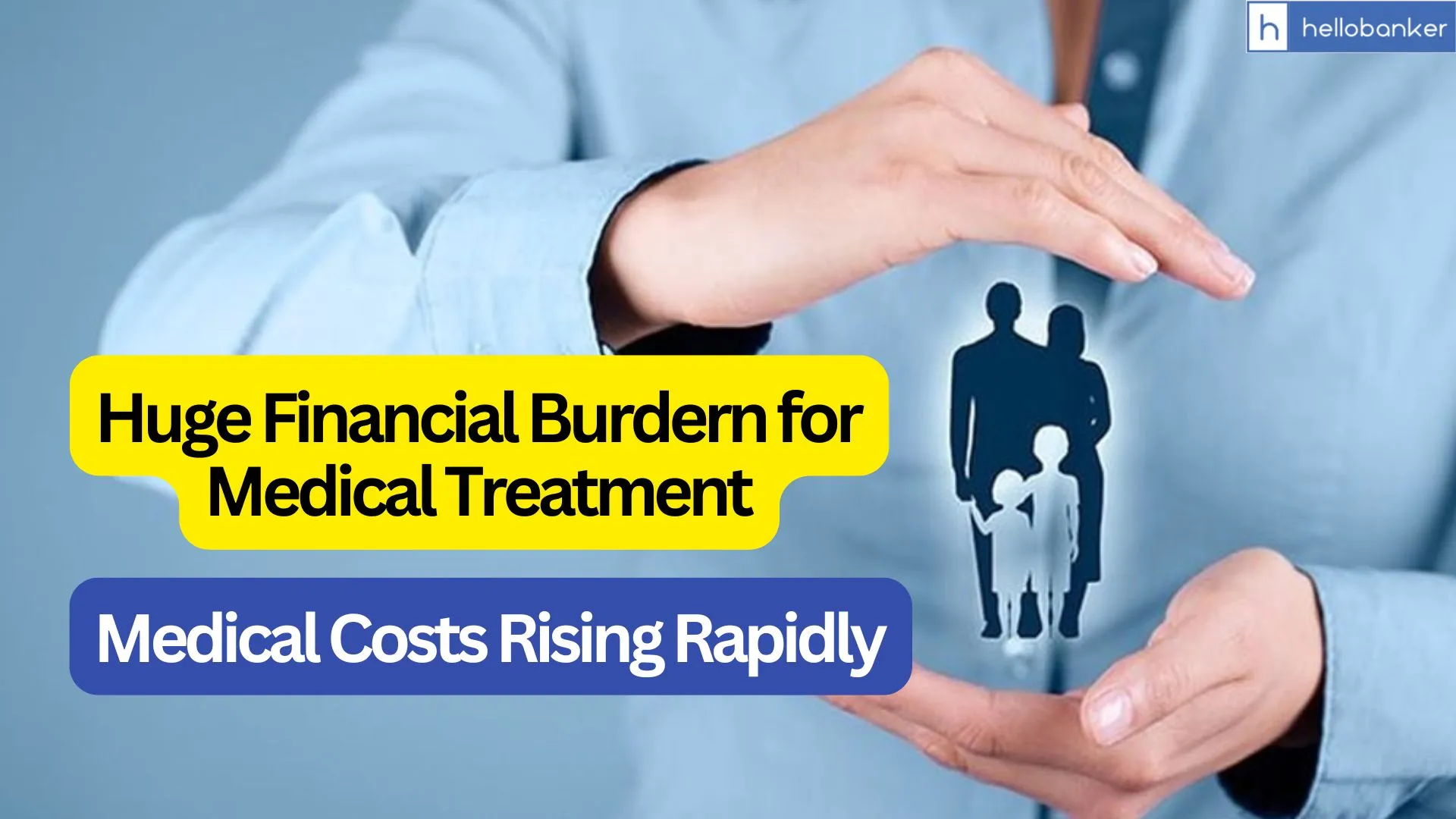Banks provide medical insurance to their employees to help them meet any unforeseen health situation. This year (2025) IBA has revised the medical insurance policy for Bank Employees and increased the limit a little bit.
| Cadre | Existing Sum Insured (₹ in Lakhs) | Revised Sum Insured (₹ in Lakhs) |
|---|---|---|
| Officers Scale VI & above | 4.00 | 7.00 |
| Officers up to Scale V | 4.00 | 5.25 |
| Workmen | 3.00 | 4.00 |
- Corporate Buffer Amount shall be increased to ₹125 Crores from the present level of ₹100 Crores.
- Cataract upper cap shall be ₹40,000 per eye.
- Hormonal therapy for cancer and Immunotherapy for non-cancer to be included.
- Robotic surgery shall be considered in cases where the condition of patient warrants such treatment. This needs to be vetted by the treating doctor.
- Thyroid cancer shall be included under critical illness benefit.
This shows that Bank Officers upto Scale V get insurance of only Rs.5.25 lacs. Is this amount enough to cover the medical expenses in India? The answer is clearly NO.
Employees are questioning – Banks are providing insurance coverage of upto Rs.2 crores to customers for maintaining salary accounts. Then why can’t Banks provide medical insurance of more than Rs.5 lakhs to their Employees?
In Banks, most of the officers belong to Scale I to V. Employees in the current policy period of IBA as on 31st May, 2025 is 5,75,166.
| Sr. No | Category | Number of Employees |
|---|---|---|
| 1 | Officers Scale VI and above | 2,420 |
| 2 | Officers in Scale I to Scale V | 3,39,896 |
| 3 | Workmen Employees | 2,32,850 |
| Grand Total | 5,75,166 |
Total number of active lives are 21.39 lakhs (approximately) as on 31st May, 2025.
Let’s Also have a look at the number of Retirees. 👇
| Category | Retirees Policy |
|---|---|
| Primary members / Total No. of Family | 1,51,668 |
| Number of Spouse | 1,18,392 |
| Total No. of Lives | 2,70,060 |
According to the Acko India Health Insurance Index 2024, the healthcare costs in India are increasing at an annual rate of 14%. The index further revealed that 23% of this hospital cost in India is funded through borrowings and a whopping 62% is paid out of pocket. Not only is this adding financial strain on families but it is also preventing them from getting quality medical care. As of September 2024, the medical inflation rate in India stood at 14%, the highest rate among Asian countries including China.
According to Vishwa Savla, CEO and Managing Director of Pinnacle Life Science, an oncology pharmaceutical manufacturer and Contract Development and Manufacturing Organisation (CDMO), “Nearly 55 million Indians are pushed into poverty each year due to medical expenses, and over 30 million fall below the poverty line solely because of medicine costs.”
A cardiac bypass surgery that cost ₹2.5 lakh in 2014 now ranges from ₹4.5–6 lakh in metropolitan cities. Cancer treatment costs, which were ₹8–10 lakh five years ago, now exceed ₹15–25 lakh.
The rising cost of critical medications for conditions like diabetes and hypertension further exacerbates the financial burden, with annual price increases of 8–12%—outpacing average middle-class salary growth of 6–8% per year.
Most policies cover ₹3–5 lakh, while serious medical conditions frequently cost ₹10–15 lakh or more. Insurance often covers only 65–75% of actual medical expenses due to sub-limits, waiting periods, and exclusions.
Moreover, most of the bank employee stated that the medical insurance advantage offered to Bank Employees is applicable only if the employee is admitted in hospital and the bills of medicines are generally rejected citing various guidelines by the companies. This adds a huge financial burden on the bank employees.
